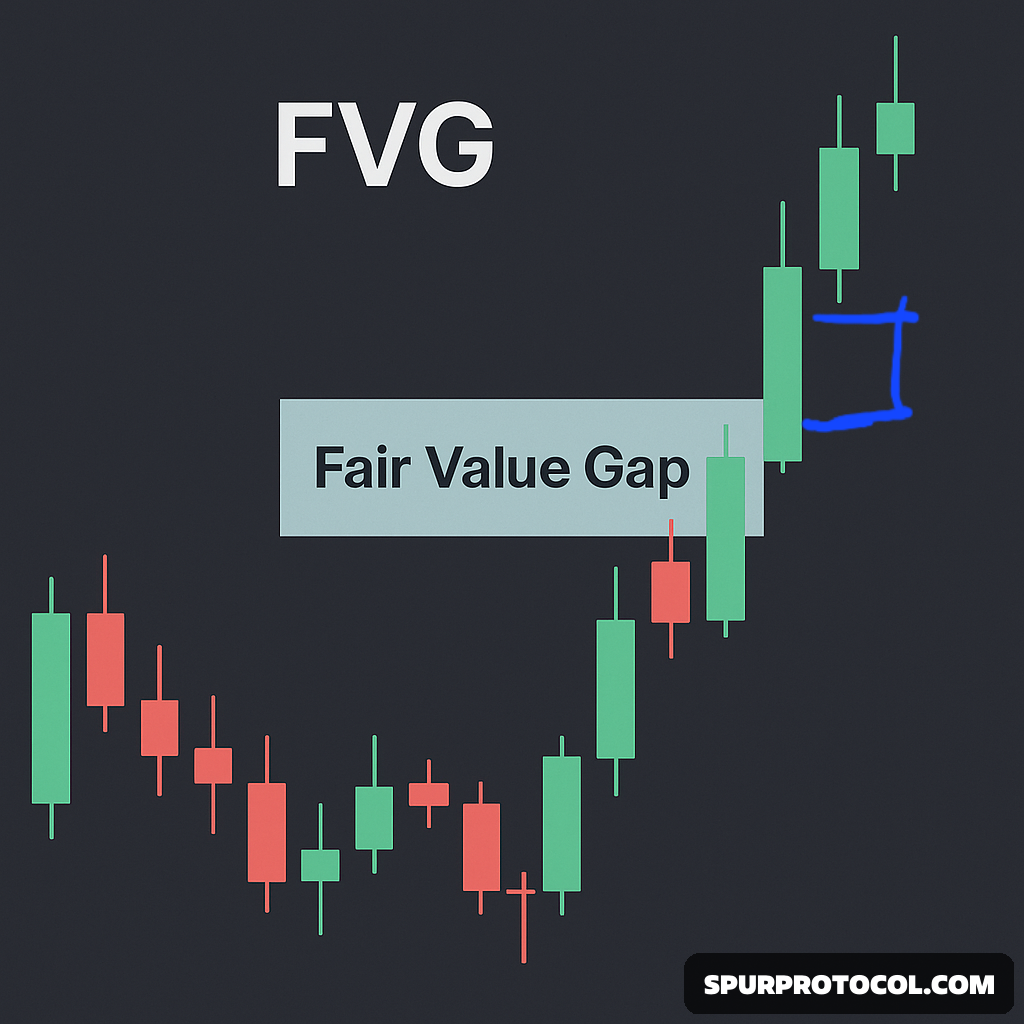Understanding Fair Value Gap (FVG)
Fair Value Gap (FVG) is a concept that comes from the study of price inefficiencies in financial markets. It is often used by traders who follow institutional trading concepts, like the ICT (Inner Circle Trader) method, and by those who believe that price tends to return to areas of imbalance before continuing its trend. FVG is essentially a price range on the chart where the market moved too quickly, creating a gap where no real trading or fair value exchange took place.
Go Back

🕒 11:07 PM
📅 May 03, 2025
✍️ By BillionaireHighPriest
This leaves behind a vacuum that price is likely to revisit to "fill" before the next significant move.
The logic behind FVG is simple but powerful. Markets are designed to be efficient over time, meaning that they aim to ensure every price point has liquidity and participants on both sides (buyers and sellers). When price moves too rapidly, such as during a strong bullish or bearish candle, it often skips over certain price levels without allowing proper trade execution at those prices. This creates an imbalance between buyers and sellers - the "Fair Value Gap." Traders believe that market makers or institutional players will often bring the price back to this zone to collect liquidity, balance out orders, and then continue the move in the intended direction.
When observing a chart, an FVG typically appears after a strong impulsive move with little to no overlap between candles. For example, in a bullish scenario, you might see three consecutive green candles where the lowest point (wick) of the third candle is higher than the highest point (wick) of the first candle. This space between the two is the Fair Value Gap. Price often retraces back into this gap zone before resuming the bullish move, making it a prime area where traders look for entries. This is the same in reverse for bearish moves.
FVG is different from traditional price gaps seen in stock markets because, in crypto markets, price trades 24/7 and doesn’t leave visible gaps between days. Instead, the FVG concept relies on intraday or multi-hour timeframes where these imbalances are spotted. It aligns with the idea that smart money (big players) prefers to enter positions at areas where liquidity is pooled - and FVG zones are known to contain trapped orders or unfilled liquidity.
Traders use FVG zones not only for entries but also for exits. For instance, if price is approaching an old FVG zone, a trader might anticipate price reaction - either a reversal or a temporary stall - and choose to take partial profits. Similarly, breakout traders may avoid entering a trade directly during a strong impulse and instead wait for the price to come back and fill the Fair Value Gap before committing to a position. This reduces slippage and improves risk-to-reward ratios.
It’s important to understand that while FVG is a powerful concept, it is not a guaranteed price magnet. Sometimes gaps remain unfilled for a long time or get partially filled before the market continues its move. Successful FVG trading often requires confluence with other tools like order blocks, liquidity pools, or higher timeframe trend direction. This is why professional traders don’t rely solely on FVG but treat it as part of a larger framework for market structure and liquidity.
To trade FVG effectively, many traders mark out the gap zone using horizontal lines or shaded areas on their charts. They then monitor price action as it returns to that zone. The best trades often occur when price taps into the FVG and shows signs of rejection, such as wicks or strong reversals on lower timeframes. Some traders automate this process using limit orders placed in the middle of the FVG zone, though this carries the risk of price overshooting the gap during high volatility.
Fair Value Gap is a reflection of how institutional players create and fill liquidity in the market. It is rooted in the principle that price tends to seek efficiency and balance over time. Understanding FVG gives traders an edge in spotting high-probability zones for entries and exits, especially when combined with smart money concepts. However, like all tools, it requires practice, risk management, and alignment with broader market context to be truly effective.
